
The Evolution of Blogging: What Has Replaced Traditional Blogging?
In the digital era, blogging has undergone a dramatic transformation. While it remains an important medium for sharing ideas and information, various new platforms and formats have emerged, offering alternative avenues for content creation and consumption. This article explores the evolving landscape of content creation, focusing on what has replaced traditional blogging, and how creators can adapt to these changes.
📱 1. Social Media Dominance
Social media platforms have become the primary means of content engagement for many users. Platforms like TikTok and Instagram prioritize short, engaging visual content that captures attention quickly, leading to a shift in how creators share their messages.

TikTok: The Short-Form Video Revolution
TikTok has reshaped the content landscape with its short-form video format, enabling users to share clips ranging from 15 seconds to 3 minutes. This platform is particularly popular among younger audiences and emphasizes entertainment, creativity, and humor.
- User Engagement: TikTok’s algorithm promotes discoverability, allowing content to go viral quickly.
- Content Ideas: Popular formats include challenges, dance videos, tutorials, and behind-the-scenes glimpses.
Instagram: Visual Storytelling
Instagram has evolved into a visual-centric platform that showcases images, videos, and ephemeral content through Stories and Reels. This shift emphasizes aesthetics and quick engagement.
- Interactive Features: Polls, quizzes, and questions in Stories foster real-time audience interaction.
- Influencer Marketing: Brands collaborate with influencers to tap into their follower base, making Instagram a lucrative platform for marketing.
🎥 2. Rise of Video Content
Video content has become increasingly popular, with YouTube being the go-to platform for in-depth discussions, tutorials, and vlogs. As viewers become accustomed to video consumption, creators need to adapt to this trend.
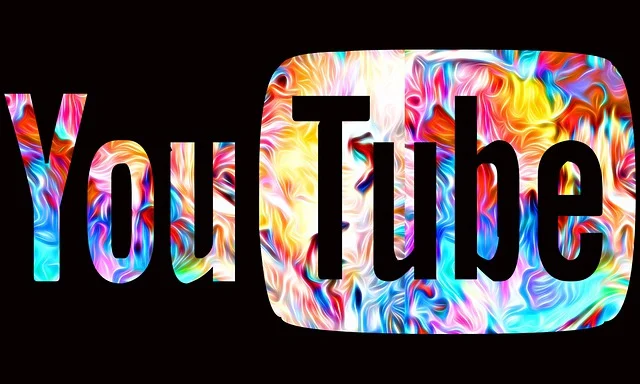
YouTube: A Platform for In-Depth Exploration
YouTube allows for a wide variety of content, enabling creators to produce videos that range from educational tutorials to entertainment and personal vlogs.
- Monetization Opportunities: Creators can monetize through ads, sponsorships, and merchandise sales.
- SEO Benefits: Videos often rank well in search results, providing greater visibility for content creators.
Webinars and Live Streaming
Webinars and live streaming have gained traction as a way to engage audiences in real-time. These formats are excellent for workshops, Q&A sessions, and product launches.
- Building Community: Live interactions help build trust and a sense of belonging among viewers.
- Immediate Feedback: Creators can gauge audience reactions and adjust their content accordingly.
🎙️ 3. The Podcasting Boom
Podcasts have surged in popularity, offering a convenient audio format for listeners. This medium allows for deeper discussions and storytelling, catering to those who prefer auditory content.

Accessibility and Convenience
Podcasts can be consumed during commutes, workouts, or household chores, making them a flexible option for busy individuals.
- Diverse Topics: From personal stories to expert interviews, podcasts cover a wide range of interests.
- Community Engagement: Listeners often feel connected to hosts, creating a loyal audience base.
Monetization Strategies
Podcasters can monetize their content through sponsorships, listener donations, and premium content offerings. Many platforms, like Spotify and Apple Podcasts, provide tools for effective monetization.
🌐 4. Niche Communities and Forums
The rise of niche communities on platforms like Reddit and Quora has shifted the focus from individual blogs to community-driven discussions. These platforms foster engagement and knowledge sharing.

Reddit: The Community Hub
Reddit is a platform filled with diverse communities (subreddits) dedicated to specific interests, allowing users to ask questions, share insights, and engage in discussions.
- User-Generated Content: Communities thrive on contributions from users, fostering a collaborative environment.
- Content Discovery: Subreddits serve as starting points for discovering new ideas and topics.
Quora: Knowledge Sharing
Quora enables users to ask questions and receive answers from experts and enthusiasts, emphasizing knowledge sharing over personal branding.
- Expertise Recognition: Users can build credibility by providing valuable answers, potentially leading to opportunities outside the platform.
- Linking Back to Blogs: Writers can drive traffic to their personal blogs by linking relevant content in their answers.
📩 5. Micro-Blogging
Micro-blogging platforms like Twitter have gained popularity, allowing users to share brief updates and thoughts in real-time. This format caters to fast-paced content consumption.

Twitter: Real-Time Updates
Twitter’s 280-character limit encourages concise communication, making it ideal for sharing quick thoughts, breaking news, and updates.
- Hashtags and Trends: Users can follow conversations and participate in trending topics, increasing content visibility.
- Engagement: Retweets and likes foster community interaction and spread content quickly.
LinkedIn: Professional Insights
LinkedIn has evolved beyond job searching to allow users to share professional insights and industry news, positioning themselves as thought leaders.
- Networking Opportunities: Connecting with professionals enhances collaboration and visibility.
- Content Sharing: Users can share articles, videos, and updates relevant to their industries.
🌟 6. Content Aggregators
Platforms like Medium and Substack have emerged, allowing writers to publish their work without managing their own blogs. These platforms emphasize quality content and offer unique opportunities for writers.
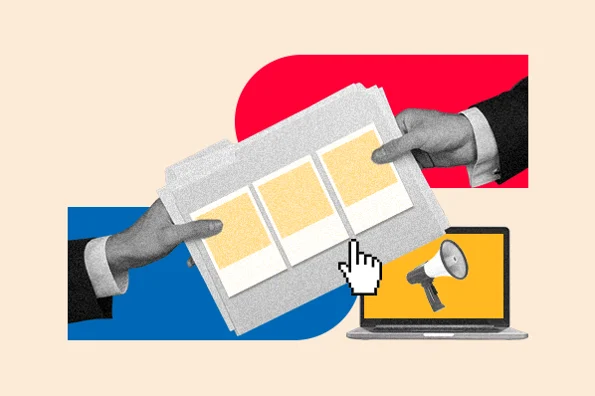
Medium: A Platform for Diverse Voices
Medium allows writers to reach a broad audience without the hassle of maintaining a personal blog. It emphasizes quality over quantity, attracting serious writers.
- Claps and Responses: Readers can engage with content, providing feedback and support.
- Partnership Program: Writers can earn money through the Medium Partner Program by publishing quality content.
Substack: Monetizing Newsletters
Substack enables writers to create and monetize newsletters directly to subscribers. This model offers a steady income stream for writers delivering valuable content.
- Direct Relationship with Subscribers: Writers maintain a close connection with their audience.
- Flexible Monetization: Creators can offer free and paid subscription options, appealing to various audience segments.
🛒 7. E-Commerce Integration
Many businesses have leveraged blogs as part of a broader marketing strategy that integrates social media and email marketing. This shift focuses on driving traffic to products and services rather than solely building a blog audience.

E-Commerce Blogs: Driving Sales
E-commerce sites utilize blogs to promote products, share industry insights, and build brand loyalty. By creating valuable content, they attract potential customers and encourage conversions.
- SEO Benefits: Quality blog content can improve search engine rankings and drive organic traffic.
- Informative Content: Blogs address customer questions and concerns, guiding them toward purchases.
Email Marketing: A Powerful Tool
Email marketing remains one of the most effective strategies for maintaining communication with audiences. By regularly sending newsletters and updates, businesses can inform subscribers about new content, products, and promotions.
- Segmentation: Tailoring content to specific audience segments can enhance engagement and conversion rates.
- Automated Campaigns: Businesses can set up automated email campaigns to nurture leads and maintain customer relationships.
🔑 Conclusion
While traditional blogging is far from dead, it faces stiff competition from various formats that cater to evolving consumer preferences. For bloggers and content creators, adapting to these changes is crucial. Embrace multimedia elements, focus on high-quality content, and utilize social media platforms to expand your reach.
The digital landscape is ever-changing, and those who adapt will thrive in this dynamic world of content creation! 🌟
🔍 Frequently Asked Questions (FAQs)
1. Is blogging still relevant in 2024?
Yes, blogging remains relevant, but creators are diversifying their content through other platforms like social media and podcasts.
2. What is the future of blogging?
The future of blogging lies in integrating various content formats, including video, audio, and social media engagement.
3. How can I monetize my blog?
You can monetize your blog through ads, affiliate marketing, sponsored posts, and selling products or services.
4. Are podcasts a good alternative to blogging?
Podcasts are a popular alternative, allowing for deeper engagement through audio content, which is accessible during multitasking.
5. What platforms should I use for micro-blogging?
Platforms like Twitter and LinkedIn are ideal for micro-blogging, allowing for quick updates and professional insights.
6. How can I engage my audience?
Engagement can be enhanced through interactive content, live streaming, and responding to audience feedback across platforms.
7. What types of content should I create?
Focus on high-quality, valuable content that addresses your audience’s needs and preferences, whether through articles, videos, or podcasts.
8. Is it necessary to have a personal blog?
While a personal blog can still be beneficial, platforms like Medium and Substack offer alternatives that require less maintenance.
9. How important is social media for bloggers?
Social media is crucial for reaching a broader audience and promoting content, making it an essential tool for bloggers.
10. What skills do I need to succeed in content creation?
Skills such as writing, video editing, SEO knowledge, and social media management are vital for success in the content creation landscape.
For more insights and the latest trends in content creation, keep exploring and experimenting with different formats to find what works best for you! ✨



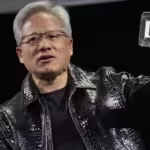
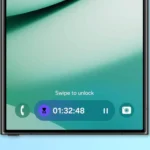

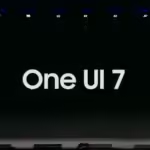




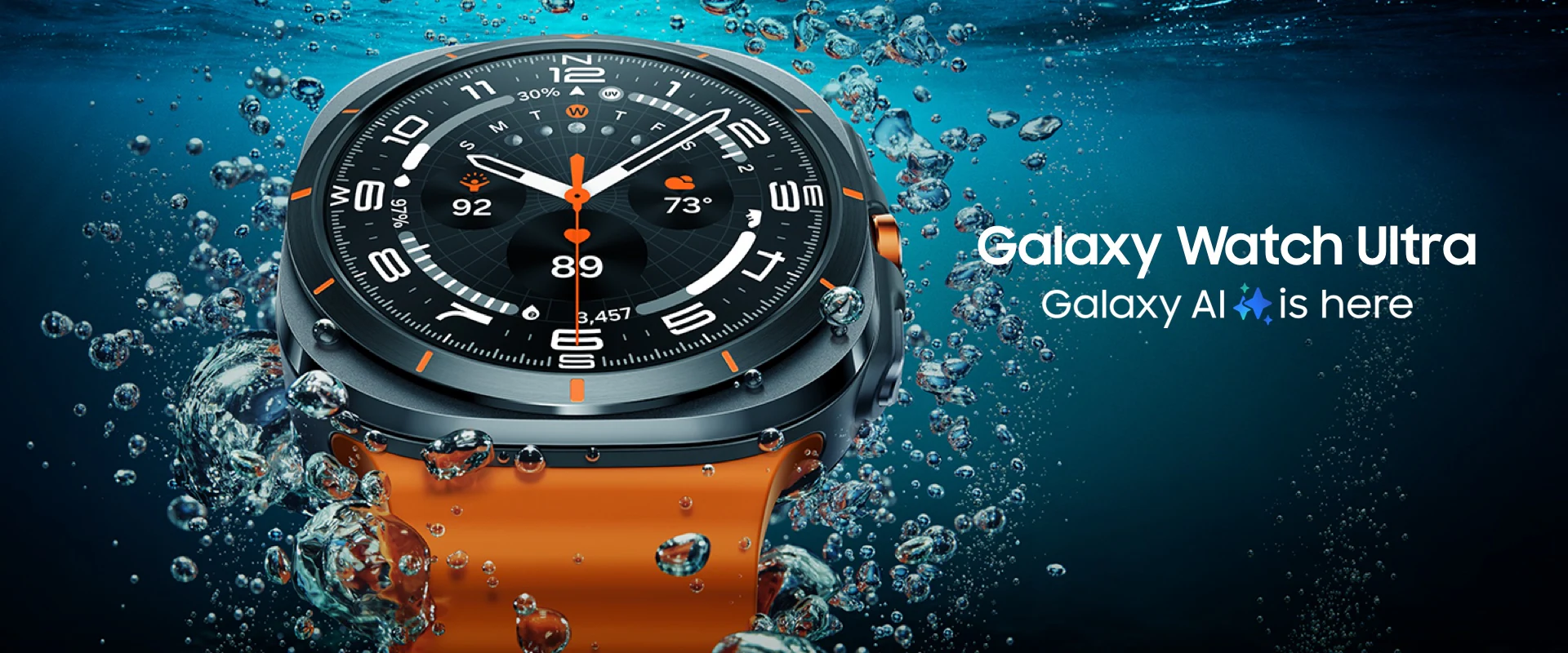






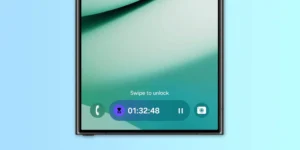

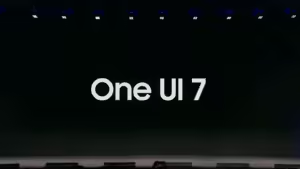
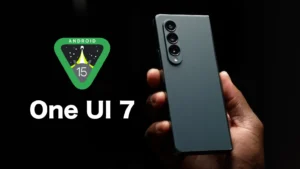
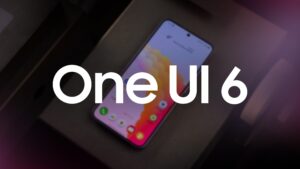
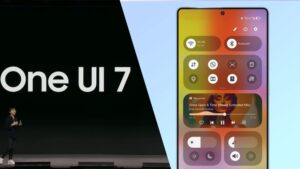
Post Comment